By YTC Ventures | October 4, 2025
In a development that has put coastal Maharashtra on high alert, the India Meteorological Department (IMD) has issued a cyclone warning for the state as the season’s first post-monsoon storm, Cyclone ‘Shakti’ – named by Sri Lanka – intensifies over the Arabian Sea.
Centered approximately 250-300 km west-southwest of Dwarka in Gujarat, the cyclone is expected to bring heavy to very heavy rainfall, gusty winds, and rough sea conditions across multiple districts from October 4 to 7, 2025. thehindu.com +1 While the storm is not projected to make a direct landfall on Maharashtra’s coast, its proximity could trigger significant disruptions, echoing the impacts of past Arabian Sea cyclones like Tauktae in 2021.
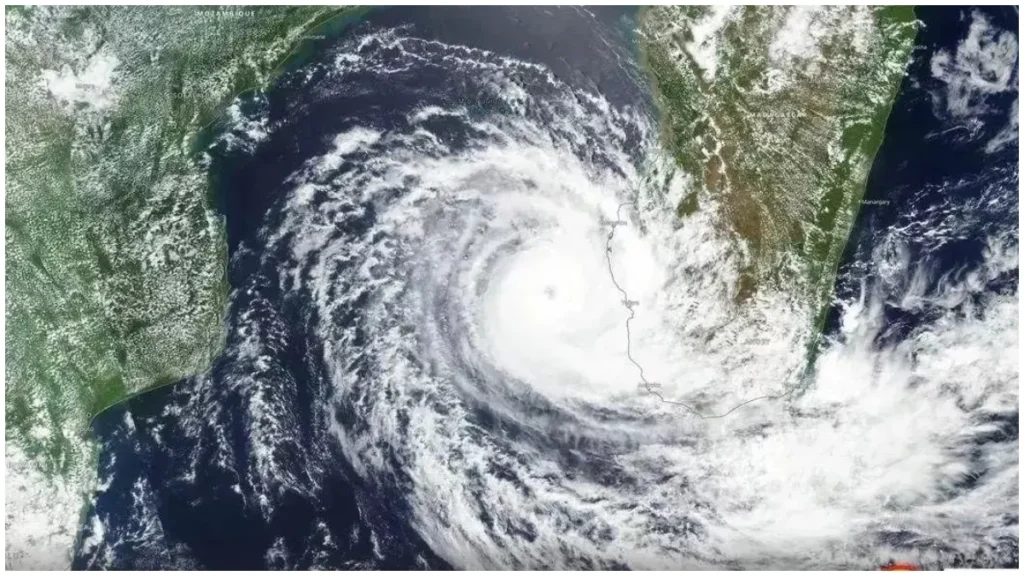
The IMD’s bulletin highlights a “high to moderate” impact severity, with squally winds of 45-65 kmph anticipated along the north Maharashtra coast, particularly between October 3 and 5. economictimes.indiatimes.com +1 Districts such as Mumbai, Thane, Palghar, Raigad, Ratnagiri, and Sindhudurg are under yellow alerts, while interior regions like East Vidarbha and parts of Marathwada face risks of intense downpours due to moisture-laden winds interacting with the retreating monsoon trough. indiatvnews.com +1 Fishermen have been explicitly warned against venturing into the northwest and central Arabian Sea until October 7, as sea conditions turn “rough to very rough.”
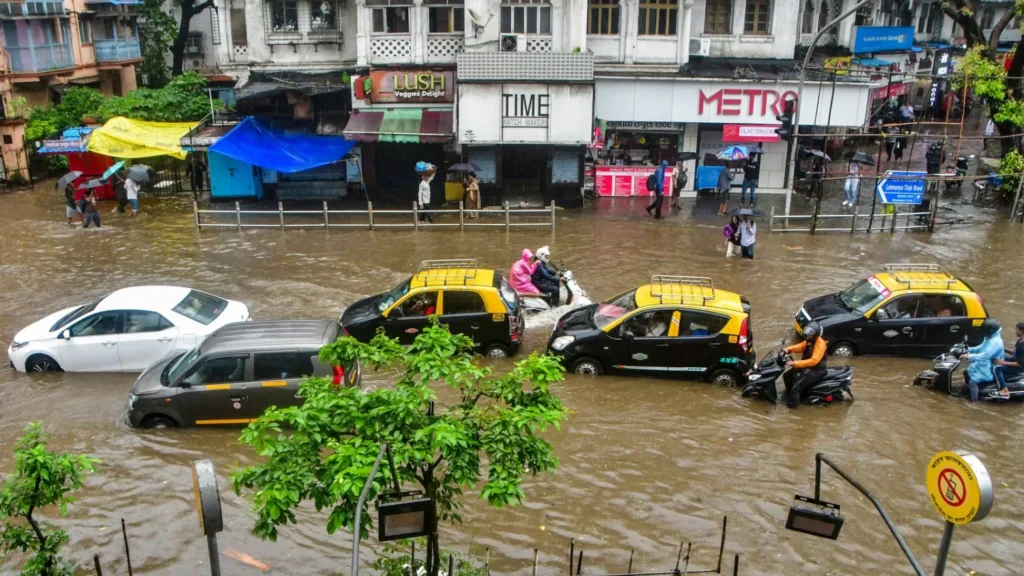
As the cyclone evolves – potentially strengthening into a severe cyclonic storm by October 5 – the Maharashtra government has activated disaster management protocols, including evacuation readiness for low-lying areas and standby relief operations.
Social media buzz on X (formerly Twitter) reflects growing public concern, with users sharing IMD updates and personal preparedness tips amid reports of early waterlogging in Mumbai.
What Drives Cyclone ‘Shakti’?
Formed from a low-pressure area near the Gujarat coast, Cyclone ‘Shakti’ marks an unusually early post-monsoon event in the Arabian Sea, which typically sees fewer cyclones compared to the Bay of Bengal. Warm sea surface temperatures (around 28-30°C) and favorable wind shear have fueled its rapid intensification, moving west-northwest at 12 kmph.
Climate experts note that such events are becoming more frequent due to global warming, which enhances ocean heat and atmospheric moisture, leading to heavier rainfall episodes.
For Maharashtra, this means the cyclone’s outer bands could dump 100-150 mm of rain in 24 hours over Konkan, exacerbating urban vulnerabilities in a state already scarred by the 2021 monsoon floods.
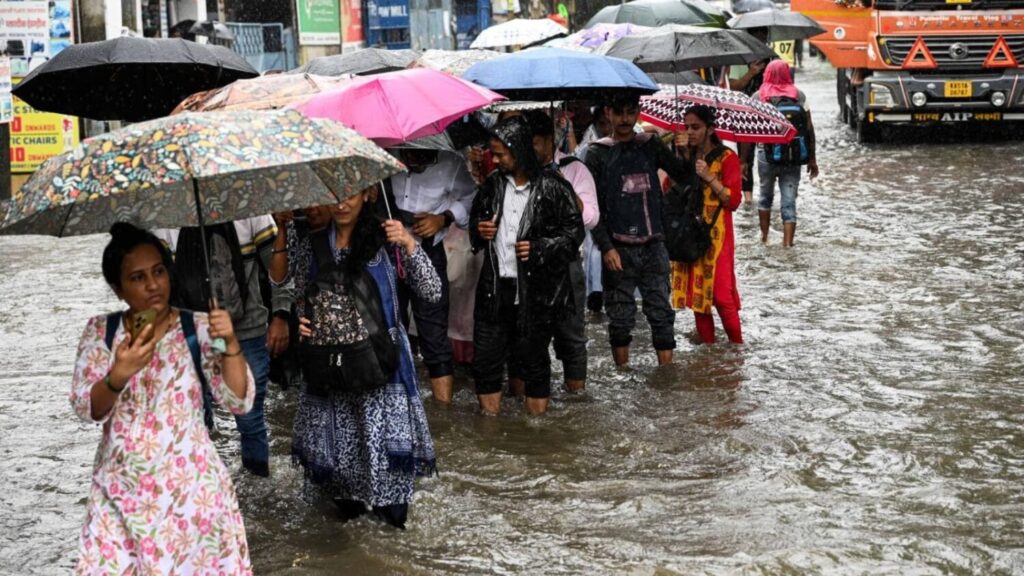
Implications: A Cascade of Challenges Across Sectors
The cyclone’s implications extend far beyond immediate weather disruptions, touching on public safety, economic stability, and long-term resilience.
Below, we break down the key areas of impact, drawing from IMD forecasts and historical precedents.
1. Public Safety and Health Risks
- Flooding and Evacuations: Low-lying coastal areas in North Konkan are at high risk of flash floods, with waterlogging already reported in Mumbai’s suburbs. The IMD predicts isolated very heavy rainfall (>115 mm/day) in Vidarbha and Marathwada, potentially displacing thousands and straining relief camps. english.mathrubhumi.com +1 Evacuation plans are in place, but past events like Cyclone Nisarga (2020) showed how densely populated slums can complicate rescues.
- Health Concerns: Prolonged heavy rains could lead to outbreaks of waterborne diseases like leptospirosis and dengue, especially in urban centers. Authorities are stocking medical kits, but overwhelmed hospitals – as seen in recent monsoon seasons – pose a secondary threat. cnbctv18.com
- Human Cost: While fatalities are expected to be low with timely warnings, vulnerable groups like fisherfolk and migrant laborers face heightened exposure, underscoring the need for inclusive alert systems.
2. Infrastructure and Transportation Disruptions
- Roads and Rail: Expect widespread closures in Mumbai, Thane, and Raigad due to flooded underpasses and landslides in ghat sections. Local trains – the lifeline for millions – may halt during peak gusts, mirroring disruptions during the 2019 floods that stranded over 100,000 commuters. livemint.com
- Aviation and Ports: Mumbai International Airport could see flight delays or cancellations if visibility drops below safe thresholds. Major ports like JNPT in Navi Mumbai might suspend operations amid rough seas, delaying cargo shipments worth billions. economictimes.indiatimes.com
- Power and Utilities: Gusty winds risk downing power lines, leading to outages in coastal districts. The Brihanmumbai Municipal Corporation (BMC) has deployed teams for rapid repairs, but prolonged blackouts could affect water pumping stations.
3. Economic Repercussions
- Agriculture and Fisheries: Konkan’s mango and cashew farms, still recovering from the monsoon, could suffer crop losses from waterlogging, impacting exports. Fishermen, a key economic pillar, are grounded until October 7, resulting in daily losses of ₹50-100 crore statewide. punemirror.com In Vidarbha’s cotton belt, heavy rains may delay harvesting, driving up food prices.
- Urban Economy: Mumbai’s financial hub faces productivity dips from remote work mandates and traffic snarls. The Bombay Stock Exchange could see minor volatility if global shipping routes are affected, though the cyclone’s offshore path limits broader trade hits. hindustantimes.com
- Tourism and Informal Sector: Beach destinations like Alibaug may close, hurting October’s nascent tourist season. Street vendors and daily-wage workers in construction could lose 3-4 days’ income, amplifying inequality in a state with high urban poverty.
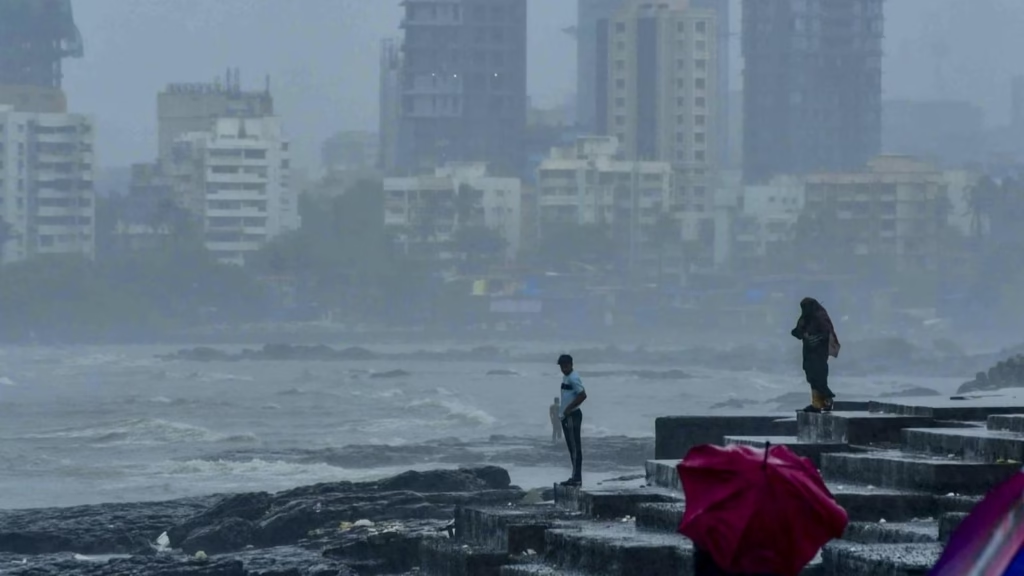
| Sector | Short-Term Impact (Oct 4-7) | Potential Long-Term Cost |
|---|---|---|
| Public Safety | 10,000+ possible evacuations; disease risk in slums | ₹200-500 crore in relief/medical expenses |
| Transportation | 50% disruption in local rail; airport delays | ₹100-300 crore from logistics halts |
| Agriculture/Fisheries | 20-30% crop/fish yield loss in Konkan | ₹1,000+ crore to rural economy |
| Urban Economy | 1-2% GDP dip in Mumbai metro | Supply chain ripples to national markets |
Estimates based on IMD data and 2021 cyclone analogs; actuals depend on intensification.
4. Environmental and Climate Lessons
- Ecosystem Strain: Rough seas could erode mangroves – vital natural barriers – along the Sindhudurg coast, accelerating coastal erosion. Inland, excess rain might replenish reservoirs like those feeding Mumbai, offering a silver lining for water security amid El Niño concerns. mausam.imd.gov.in
- Broader Climate Signal: As the first Arabian Sea cyclone of 2025, ‘Shakti’ reinforces trends of intensified post-monsoon storms, linked to a 10-15% rise in extreme rain events over the past decade. This calls for upgraded infrastructure, like Mumbai’s ₹4,000 crore flood mitigation plan, and community drills.
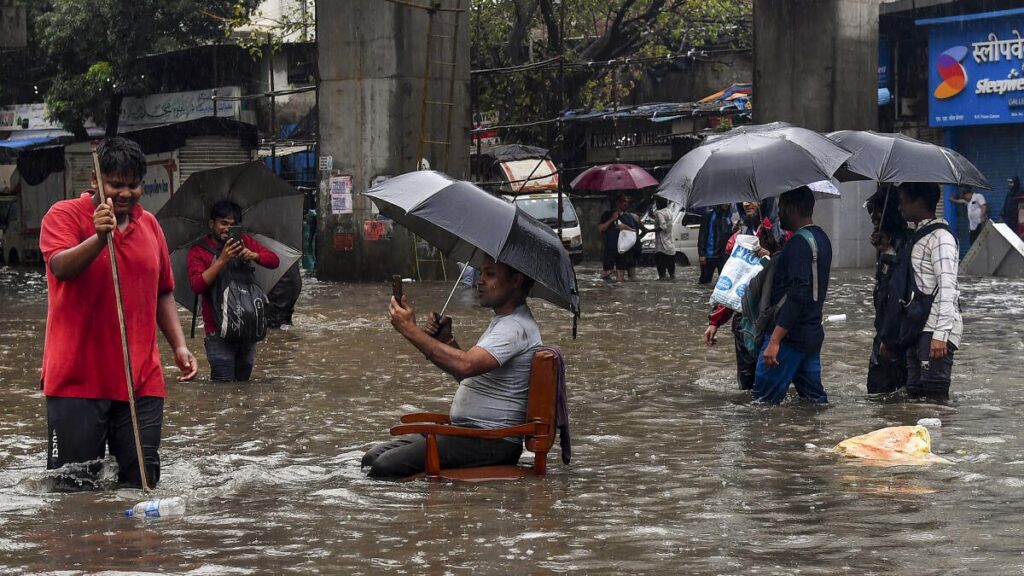
Government and Community Response: Steps Forward
The Maharashtra Relief and Rehabilitation Department has directed district collectors to operationalize control rooms, preposition NDRF/SDRF teams, and distribute essentials like food packets and tarpaulins. thehindu.com +1 Public advisories urge avoiding sea travel, securing loose structures, and monitoring IMD’s app for hourly updates. On X, handles like @IMD_Mumbai are amplifying these messages, with viral videos demonstrating safe evacuation routes. Early warnings have bought precious time, potentially averting the scale of devastation seen in previous events.
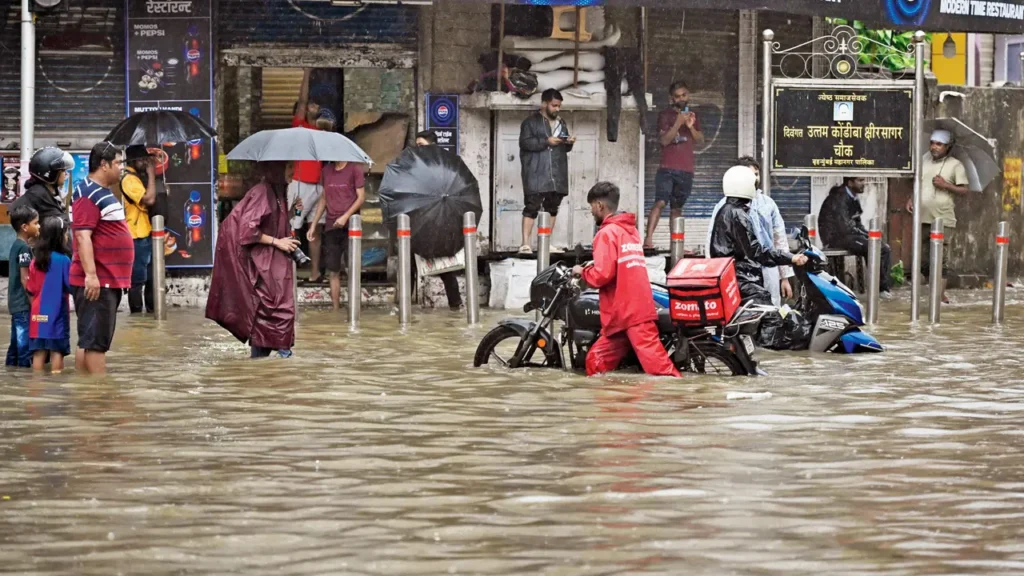
Yet, as Cyclone ‘Shakti’ reminds us, Maharashtra’s 720-km coastline demands sustained investment in resilient urban planning – from elevated roads to AI-driven flood modeling.As rains lash the coast today, stay indoors, heed alerts, and support local relief efforts.
For live updates, follow IMD’s official channels. Maharashtra’s spirit, forged in monsoons past, will weather this storm – but proactive adaptation is key to a safer tomorrow.

Comments